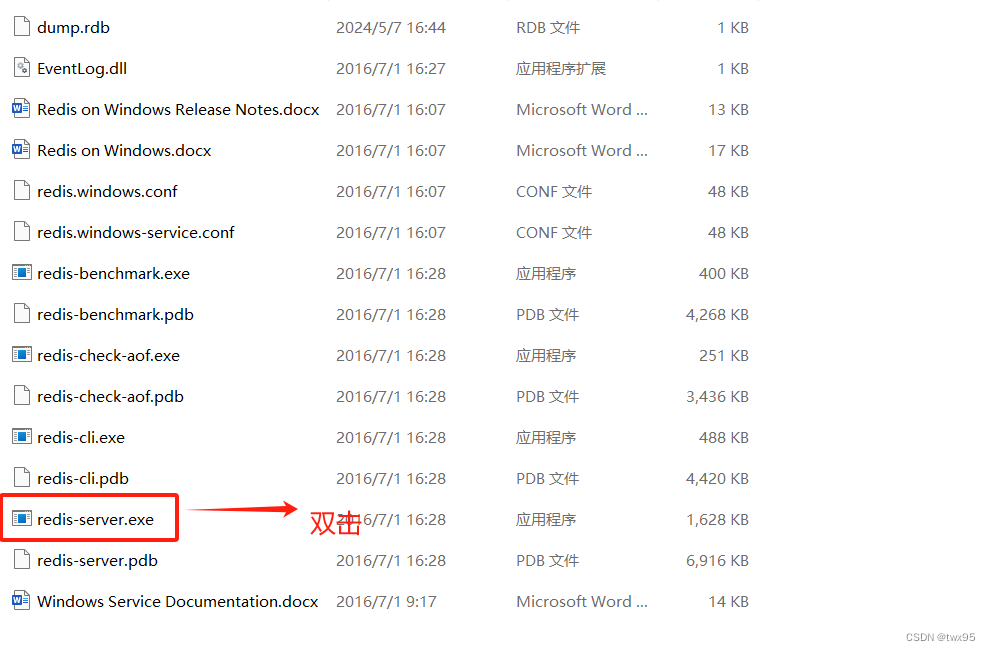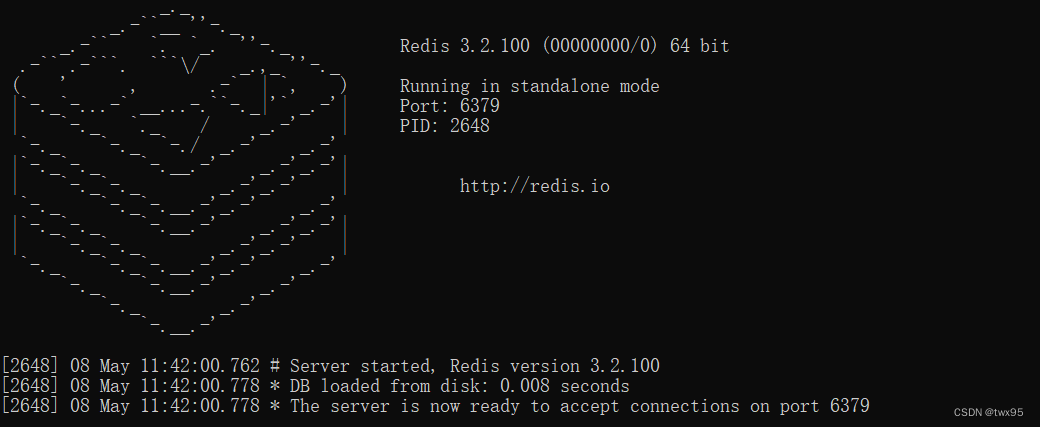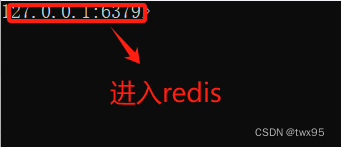为什么使用缓存:
减少数据库访问次数,从而提高应用程序的性能
redis可以缓存为啥要和spring cache一起使用?
redis缓存:是内存级的缓存。它是使用单纯的内存来进行缓存
spring cache缓存:使用JVM的内存来缓存对象的,这势必会造成大量的内存消耗。但好处是显然的:使用方便
集群环境下,每台服务器的spring cache是不同步的,这样会出问题的,spring cache只适合单机环境。
Redis是设置单独的缓存服务器,所有集群服务器统一访问redis,不会出现缓存不同步的情况
使用springboot 使用redis:
首先需要下载redis,下载window版本的,解压就行
启动redis:
redis依赖:
<dependency> <groupId>org.springframework.boot</groupId> <artifactId>spring-boot-starter-data-redis</artifactId> </dependency>
数据库表信息:
SET NAMES utf8mb4; SET FOREIGN_KEY_CHECKS = 0; -- ---------------------------- -- Table structure for city -- ---------------------------- DROP TABLE IF EXISTS `city`; CREATE TABLE `city` ( `id` bigint NOT NULL AUTO_INCREMENT, `cname` varchar(10) CHARACTER SET utf8mb4 COLLATE utf8mb4_general_ci NULL DEFAULT NULL, `pid` int NULL DEFAULT NULL, PRIMARY KEY (`id`) USING BTREE ) ENGINE = InnoDB AUTO_INCREMENT =












 最低0.47元/天 解锁文章
最低0.47元/天 解锁文章
















 1862
1862











 被折叠的 条评论
为什么被折叠?
被折叠的 条评论
为什么被折叠?










